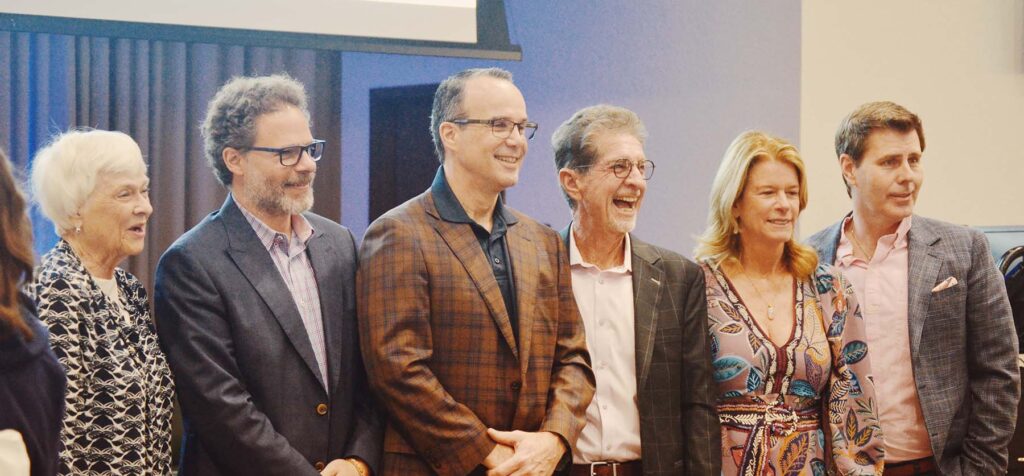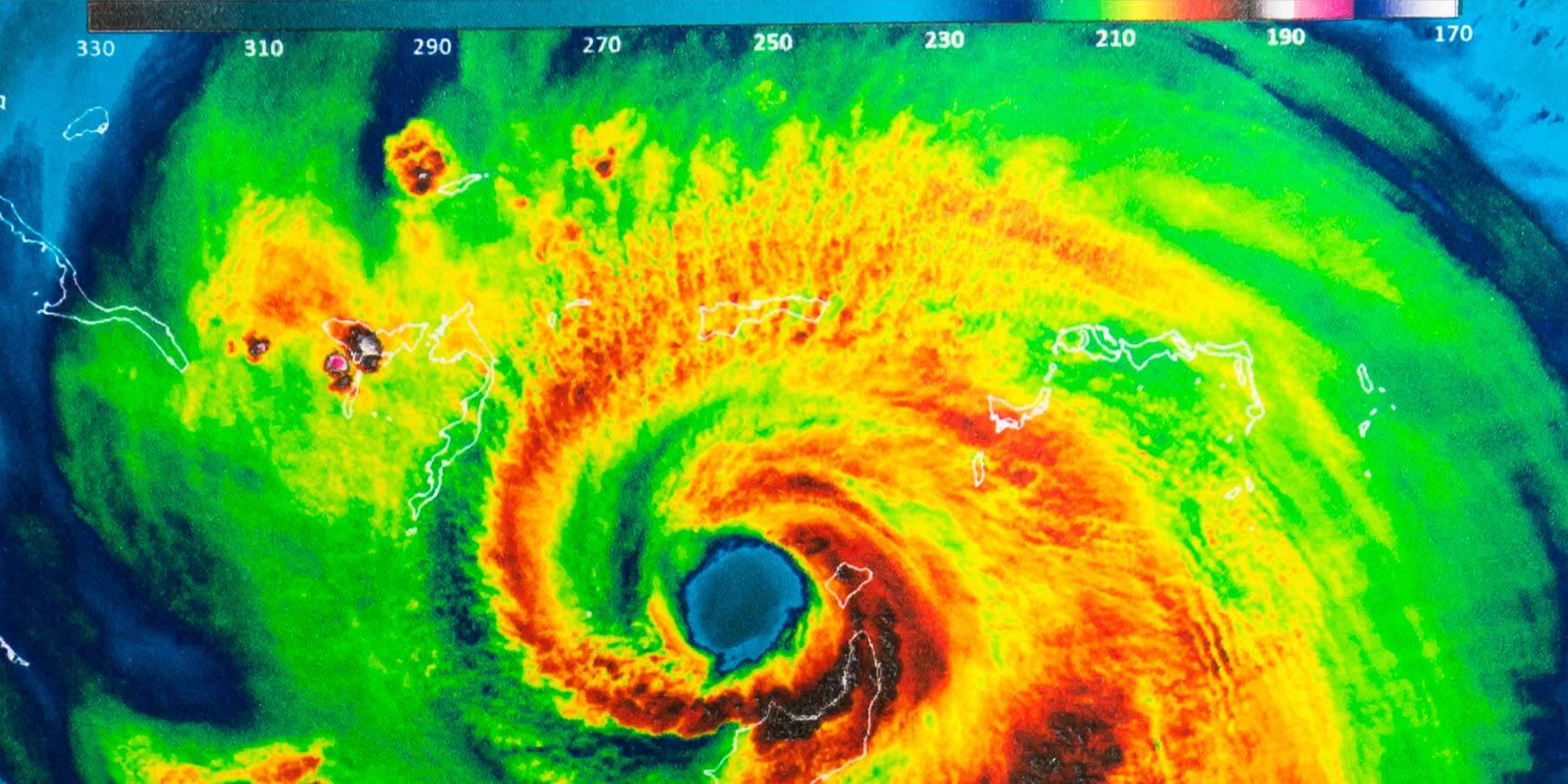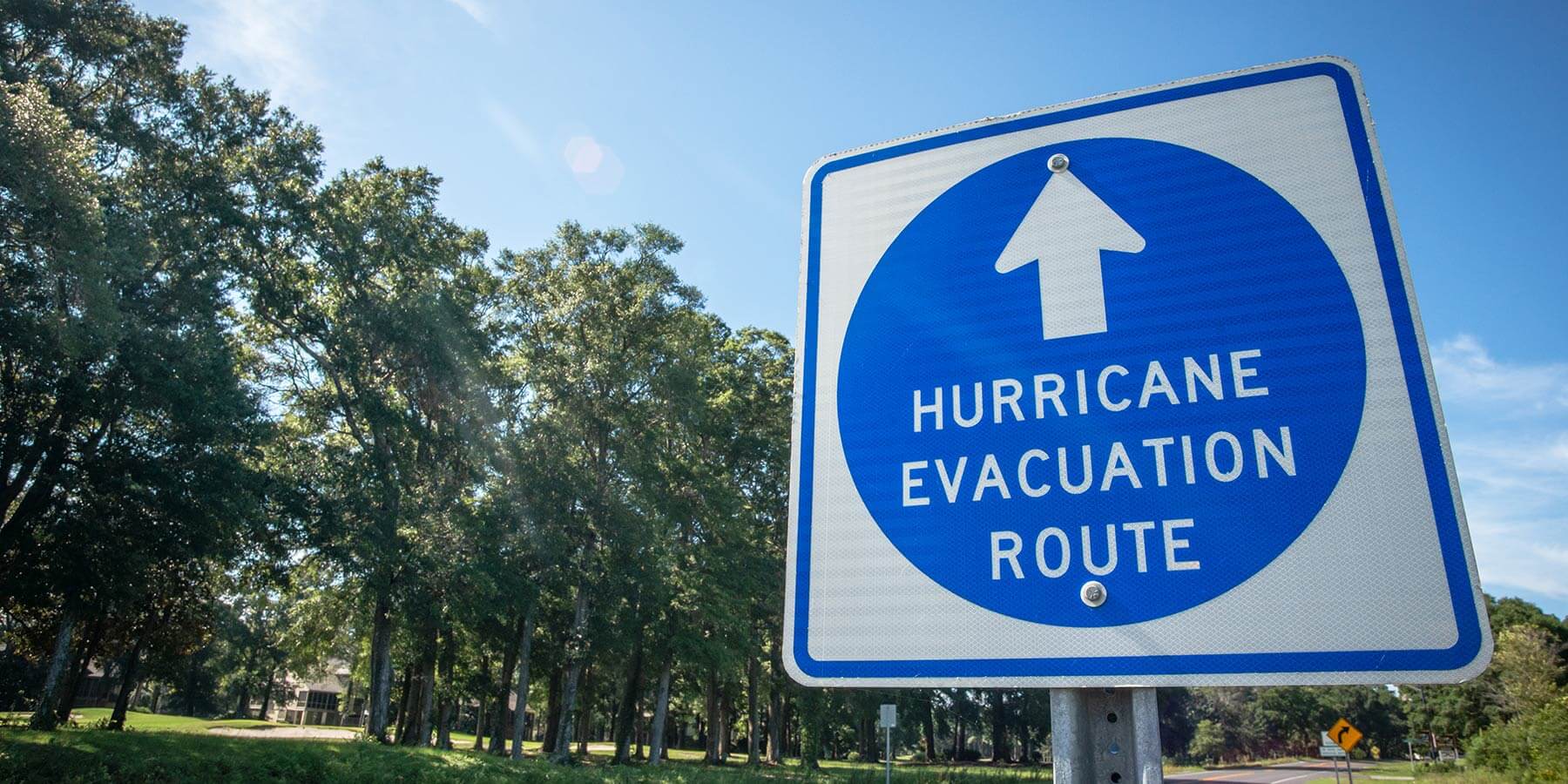At the Climate Adaptation Center‘s (CAC) “Hurricane Day” half-day conference hosted at USF Sarasota-Manatee, more than 130 Suncoast residents, county officials, and industry consultants gathered for a crucial four-hour session on climate adaptation topics and the 2024 hurricane season.
Bob Bunting, CEO and chief scientist of the Climate Adaptation Center kicked off the event with brief introductions to the speakers.
Ric Kearbey, a meteorologist and senior scientist with the CAC, highlighted the devastating effects from Hurricanes Irma, Ian, and Idalia, the three I’s. He also spotlighted the coastal erosion and shoreline changes occurring due to the intense storm systems.
Tom Lewis, president and COO of Tidal Basin and a board member at the Climate Adaptation Center, emphasized the need for infrastructure transitions to tackle rising climate change risks. His presentation detailed Sarasota’s specific challenges, such as coastal flooding from rising sea levels and the moon wobble’s expected exacerbation. Tom advocated for robust climate adaptation efforts, including building sea walls, elevating roads, and developing hurricane-resilient housing.
Bob Bunting closed out the session with key forecasts for the 2024 hurricane season, predicting an early start and prolonged duration. His projections include 24 named storms, 12 hurricanes, and 6 major hurricanes. Last year, the season consisted of 21 named storms, 7 hurricanes, and 3 major hurricanes. Bob attributed the increase to the La Niña that’s forming as we speak, along with record-high sea surface temperatures. He explained that this could lead to a low-shear hurricane season, increasing the chances of significant activity in the Gulf. He impressed the audience that the time to get mitigation and climate adaptation measures put in place is now.
The event highlighted the complex interplay between climate phenomena like El Niño and La Niña and hurricane activity. It underscored the urgency of preparedness and adaptation strategies in infrastructure, community education, and involvement to face the 2024 season’s challenges. The day’s insights are a call to action to protect communities from the unpredictable, yet increasingly concrete threats posed by climate change. “Emergency management is a little passe for the climate we have now,” said Bunting. “Due to the rapid intensification of hurricanes, the threat is moving faster than our preparation.”
Collaboration is key in bolstering defenses, improving emergency preparedness, and adopting sustainable measures to lessen the impact of these formidable natural disasters. A united effort is essential for the safety and resilience of Florida’s coastal areas and other parts of our nation affected by disasters.



